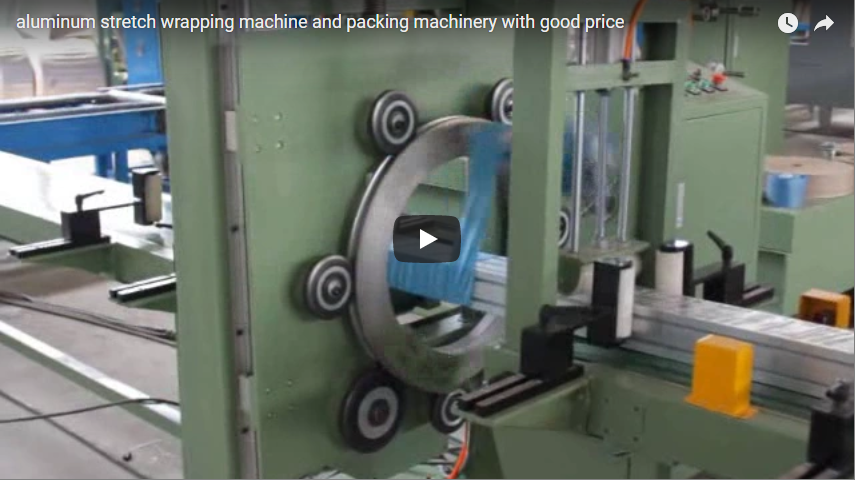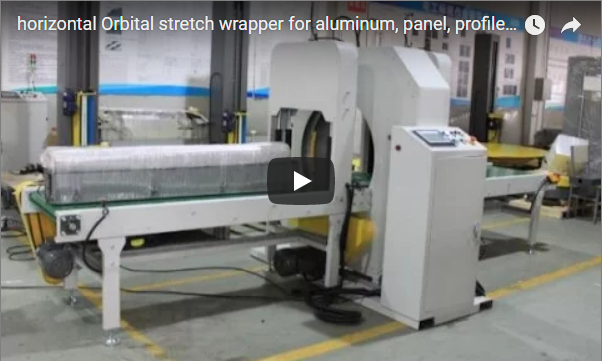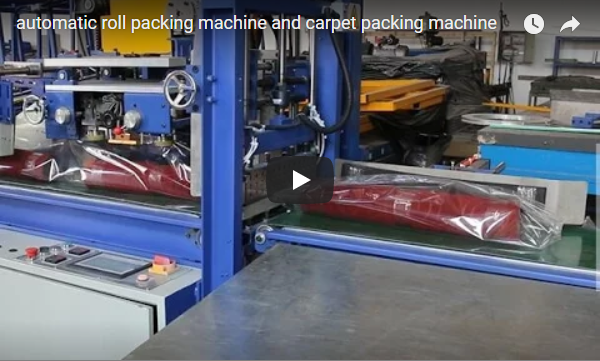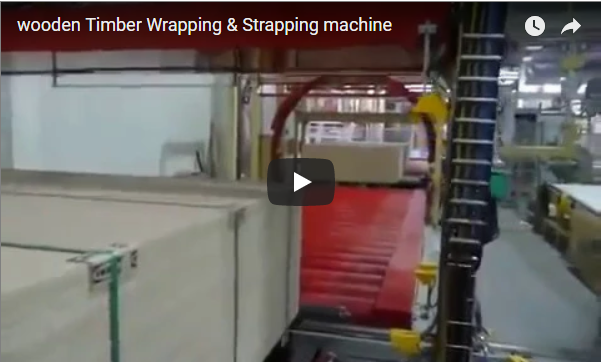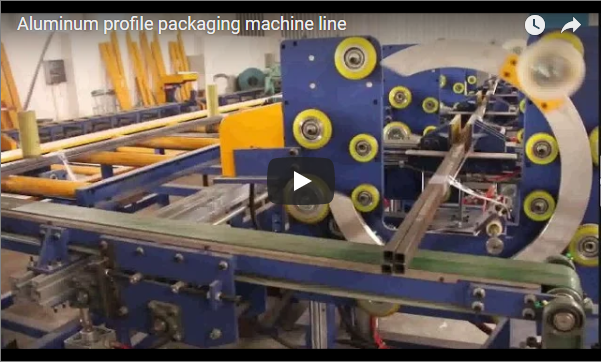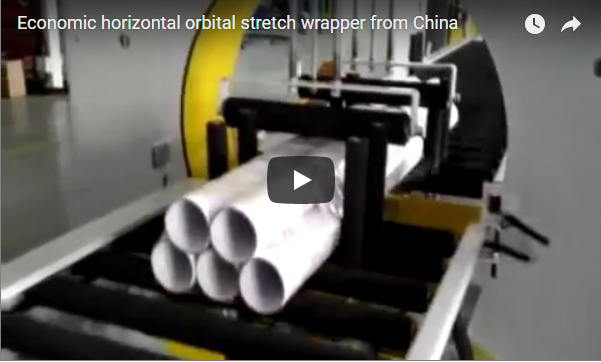Engineering Focus: The Fhope Horizontal Orbital Wrapper for Batten and Long Product Packaging
Introduction: Addressing the Challenge of Elongated Product Packaging
Packaging long, potentially fragile, or awkwardly shaped items such as battens, pipes, profiles, and lumber presents unique challenges in material handling and logistics. Ensuring product integrity, protection from environmental factors (dust, moisture, abrasion), and load stability during transit requires specialized automated solutions. The Fhope horizontal orbital wrapper represents an advanced engineering approach designed specifically to address these requirements through efficient and consistent stretch film application. This technology, often discussed in industry publications like Machine Design and Packaging World, leverages orbital mechanics to deliver superior protection compared to manual methods or less specialized equipment.
Operational Principles and Mechanical Design
The core of the Fhope orbital wrapper lies in its rotating ring mechanism. Unlike traditional turntable wrappers where the load rotates, here the product remains stationary, passing horizontally through the machine's wrapping ring.
- Ring Rotation: A precisely engineered ring, carrying the stretch film roll and dispensing carriage, rotates orbitally around the product's longitudinal axis. Drive systems often employ robust gear mechanisms or belt drives for smooth, high-speed operation, a critical factor analyzed in machine performance studies.
- Film Dispensing & Pre-Stretch: The film carriage typically incorporates a powered pre-stretch system. This technology, often covered by patents (e.g., related to roller configurations and tension control, see USPTO classifications B65B 11/04, B65H 23/18), stretches the film significantly (up to 300% or more) before application. This maximizes film yield, reduces material cost, and enhances load containment force, a key finding reported in packaging research papers focusing on material science and load stability.
- Film Application & Overlap Control: As the ring rotates and the product feeds through (or the machine traverses the product), the pre-stretched film is applied in a spiral pattern. Advanced PLC controls allow operators to precisely manage the ring rotation speed, conveyor/feed speed, and film carriage ascent/descent (if applicable) to achieve desired film overlap percentages, ensuring complete product coverage and optimized protection.
- Automatic Film Cut and Clamp: Upon cycle completion, automated systems clamp the leading edge of the film, cut it cleanly, and often wipe it down against the load, preparing the machine for the next cycle without manual intervention. This enhances throughput and operator safety.
Key Technical Specifications (Typical Ranges)
Understanding the machine's parameters is crucial for integration and performance evaluation:
- Ring Diameter: Varies based on max product cross-section (e.g., 400mm, 700mm, 1200mm, up to 2500mm+).
- Maximum Load Dimensions (L x W x H): Defined by ring size and machine frame; length is often theoretically unlimited, limited by infeed/outfeed conveyors.
- Ring Speed: Typically adjustable, ranging from 30 to 100+ RPM depending on ring size and application demands.
- Wrapping Speed: Dependent on ring speed and product feed rate, often measured in linear meters per minute.
- Stretch Film: Compatible with standard LLDPE stretch film rolls (e.g., 500mm width, 17-35 micron thickness).
- Pre-Stretch Ratio: Adjustable, commonly 150% - 300%.
- Control System: PLC-based controls with HMI touchscreen interfaces for parameter setting, diagnostics, and program storage.
- Power Requirements: Typically 480V/3Ph/60Hz or adaptable to local standards.
Diverse Applications Across Industries
The versatility of horizontal orbital wrappers makes them suitable for numerous sectors:
- Building Materials: Wood battens, lumber, timber, PVC profiles, siding, flooring planks, insulation panels, doors, windows.
- Metals Industry: Aluminum extrusions, steel pipes, copper tubes, bars, rods, coiled wire bundles.
- Plastics Industry: Plastic pipes, conduits, profiles, composite decking.
- Textiles: Fabric rolls, carpet rolls.
- Furniture: Long components, unassembled furniture parts.
Performance and Economic Benefits
Implementing orbital wrapping technology offers significant advantages recognized in manufacturing efficiency studies:
- Enhanced Product Protection: Provides a tight, conforming barrier against dust, moisture, scratches, and UV exposure (with appropriate film).
- Improved Load Stability & Unitization: Securely bundles loose items or protects long single items, preventing shifting and damage during handling and shipping. Research cited in logistics journals often correlates improved packaging with reduced damage claims.
- Increased Throughput: Automation significantly speeds up the wrapping process compared to manual or semi-automatic methods.
- Reduced Labor Costs: Frees up personnel from manual wrapping tasks for higher-value activities.
- Material Savings: Powered pre-stretch dramatically increases film efficiency, lowering consumable costs per pallet/load. Optimization studies often show material reductions of 50% or more compared to non-pre-stretch methods.
- Enhanced Safety: Reduces risks associated with manual handling of large/heavy items and repetitive wrapping motions.
Understanding the Technology: Wrapping vs. Strapping
It is essential to differentiate this technology from strapping. The Fhope orbital wrapper utilizes stretch film applied under tension to contain and protect the product surface. It excels at bundling items together securely and shielding them from environmental contaminants and surface damage.
For applications requiring high-strength unitizing or bundling of very heavy loads (like securing large pipes onto a pallet base), strapping (using steel or high-strength plastic straps) might be necessary, potentially in conjunction with or as an alternative to stretch wrapping. Machines designed for strapping operate on different principles, applying tensioned bands secured by seals or welds. Evaluating the primary need – containment and surface protection (stretch wrap) versus high-tensile bundling (strapping) – is critical in selecting the appropriate packaging automation.
For further information on configuring a horizontal orbital wrapper for your specific batten or long product application, or to discuss technical specifications in detail:
info@fhopepack.com
https://www.fhopepack.com/Horizontal_wrapping_machine.html

